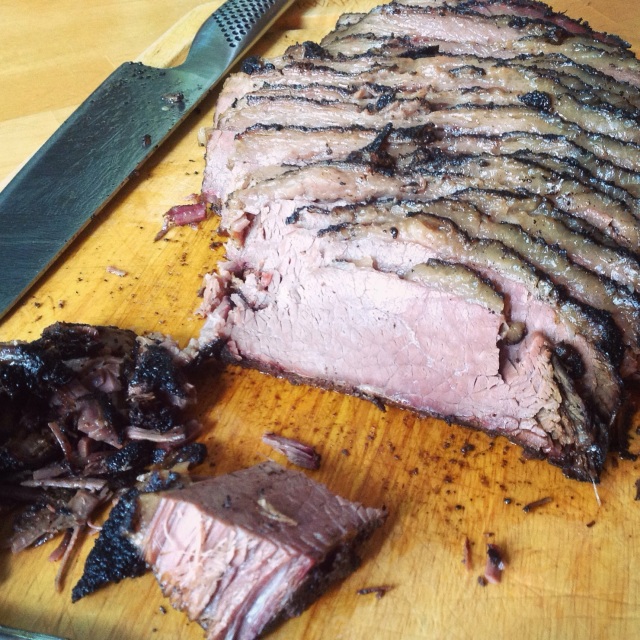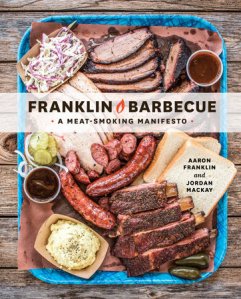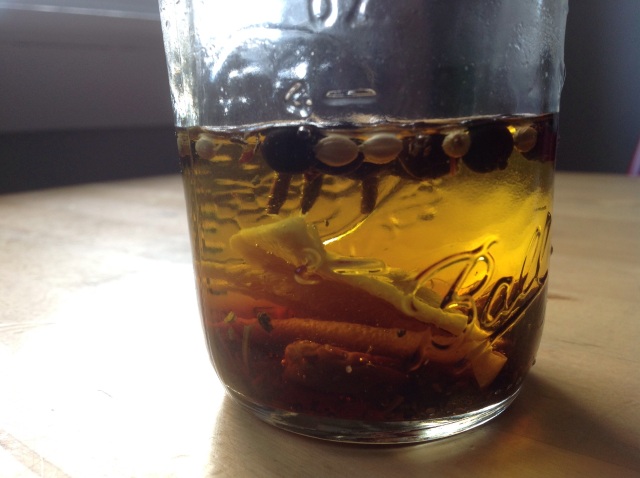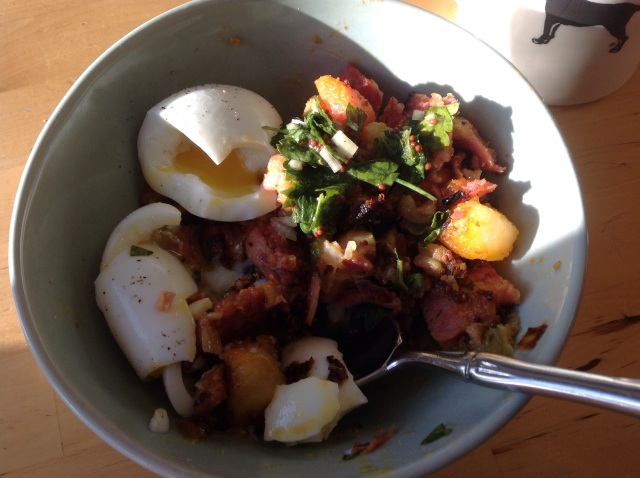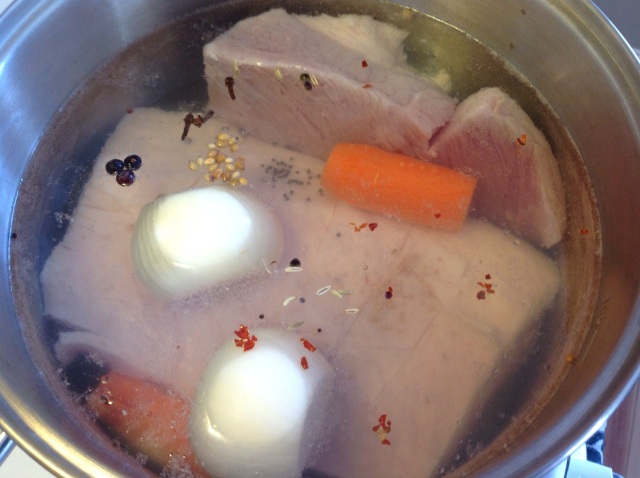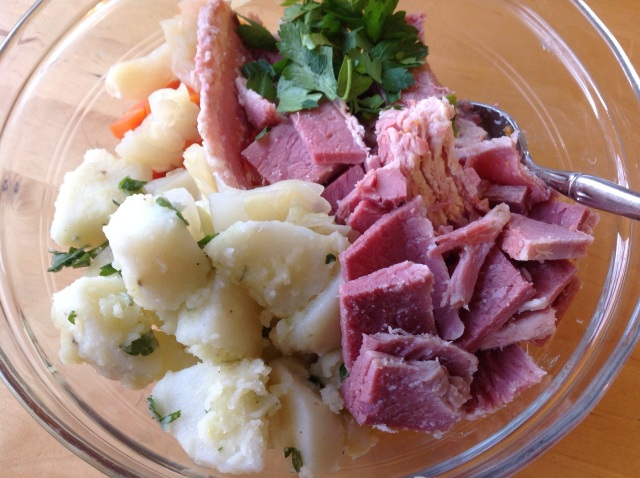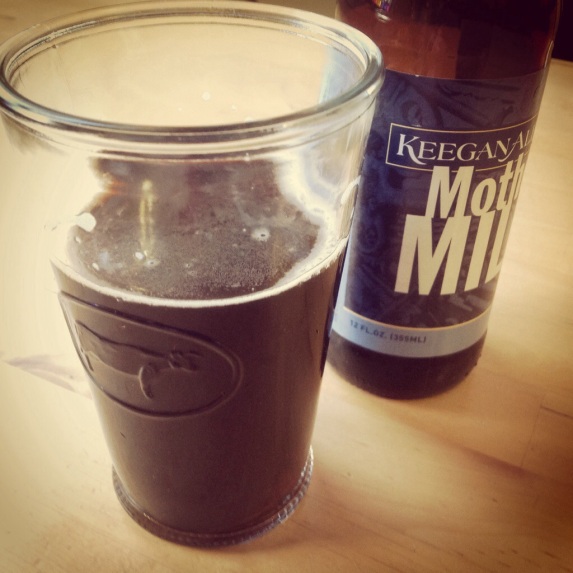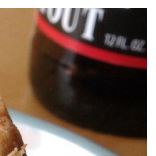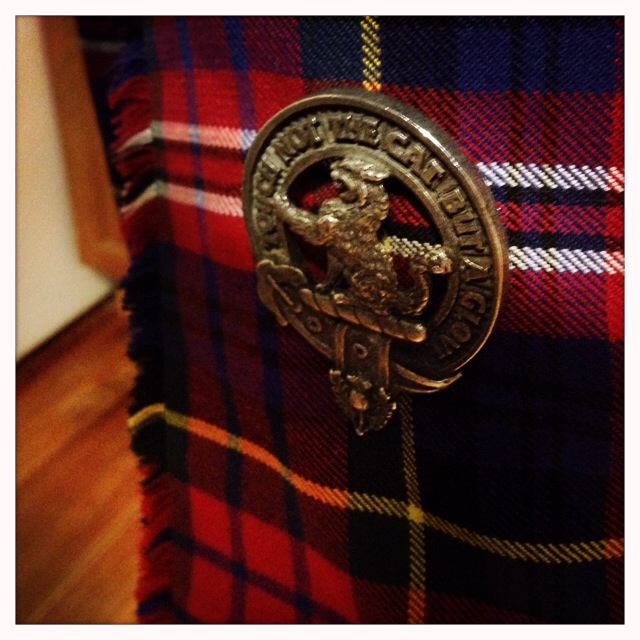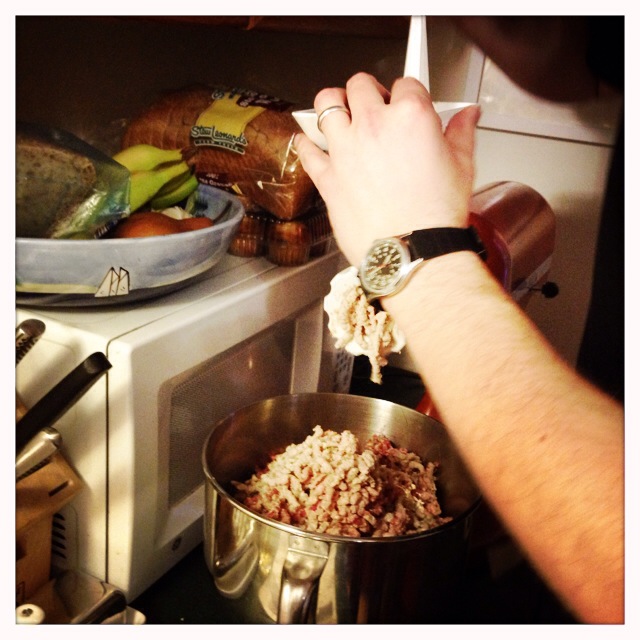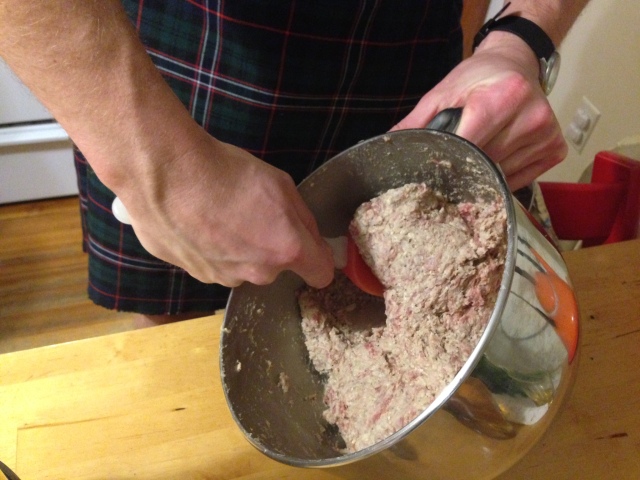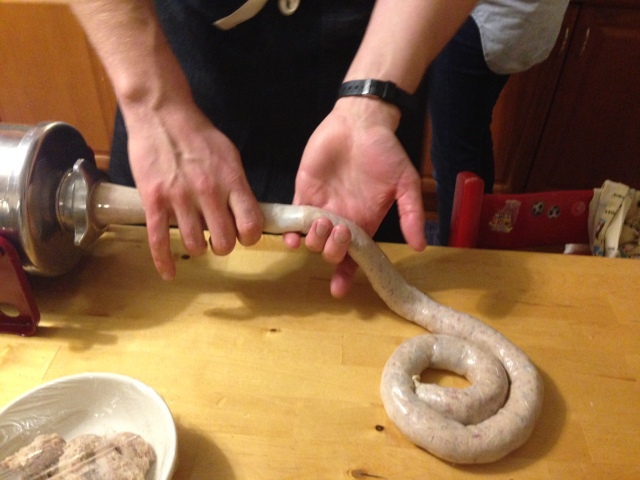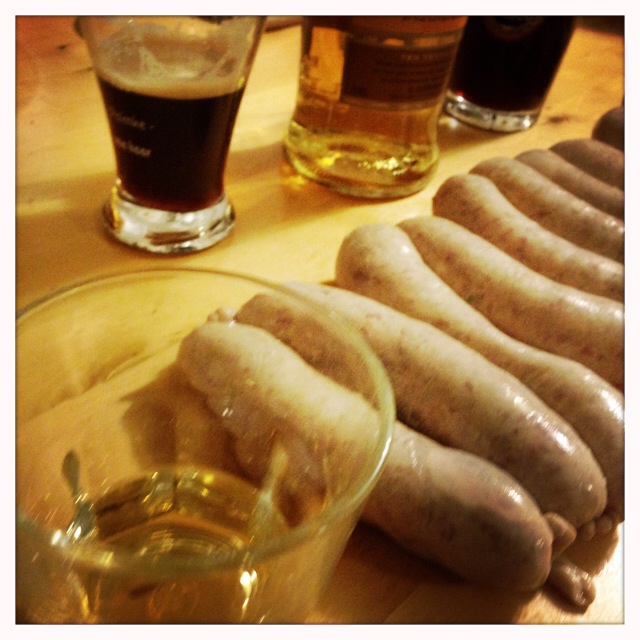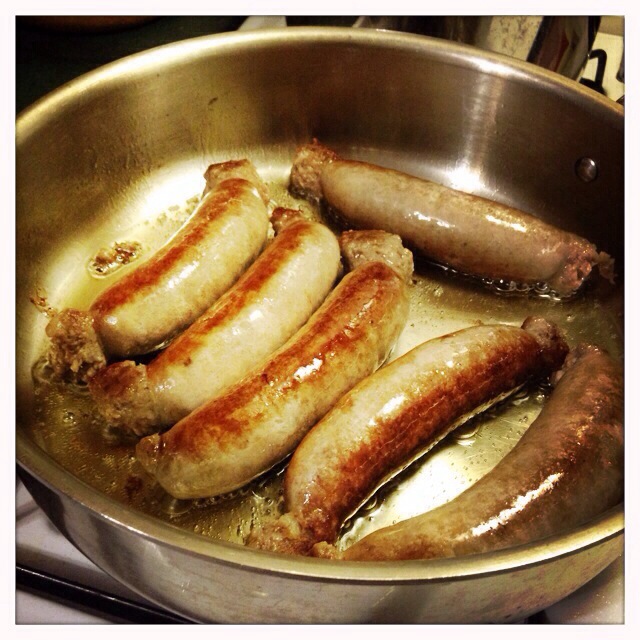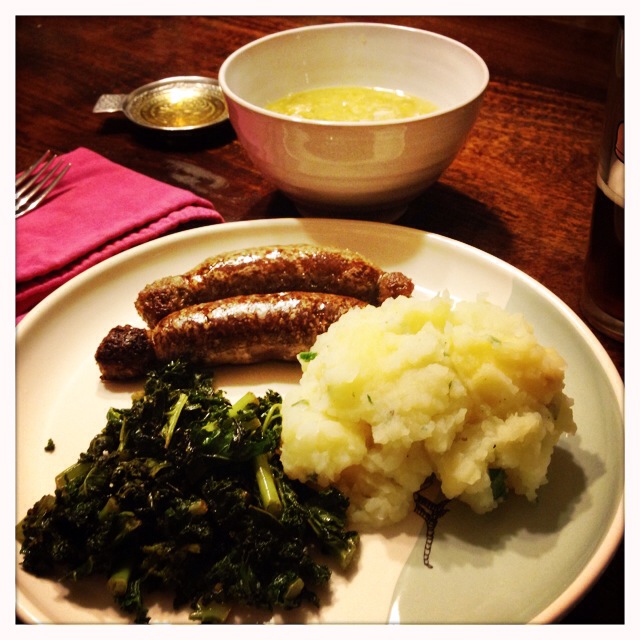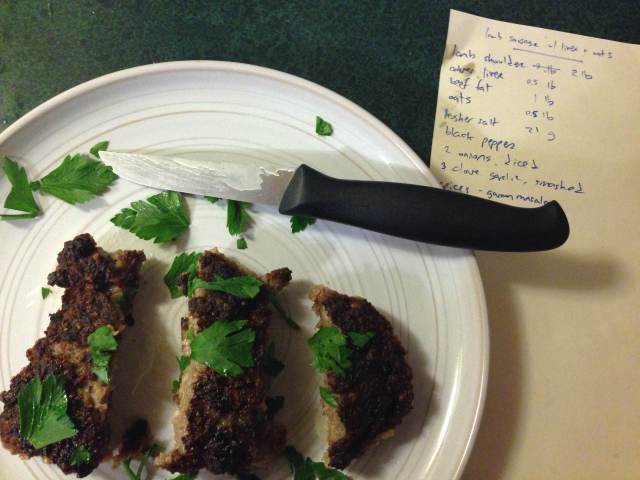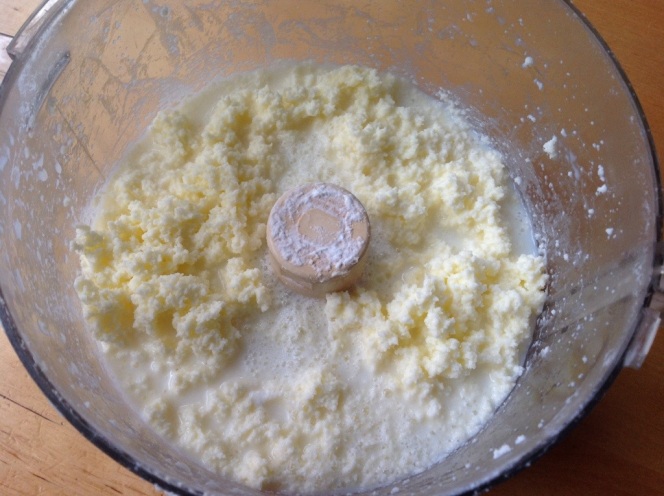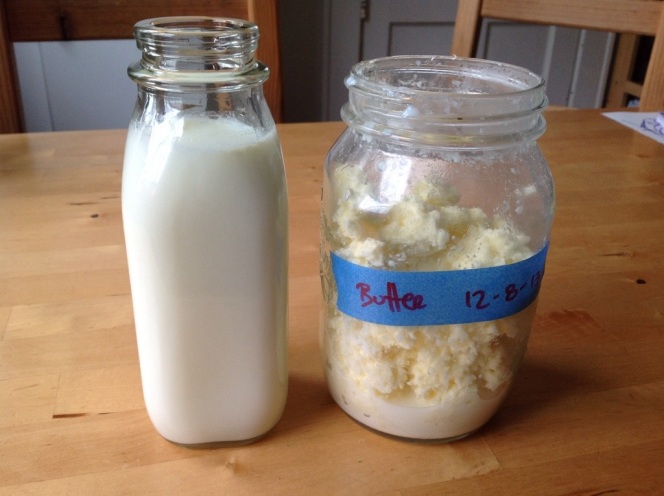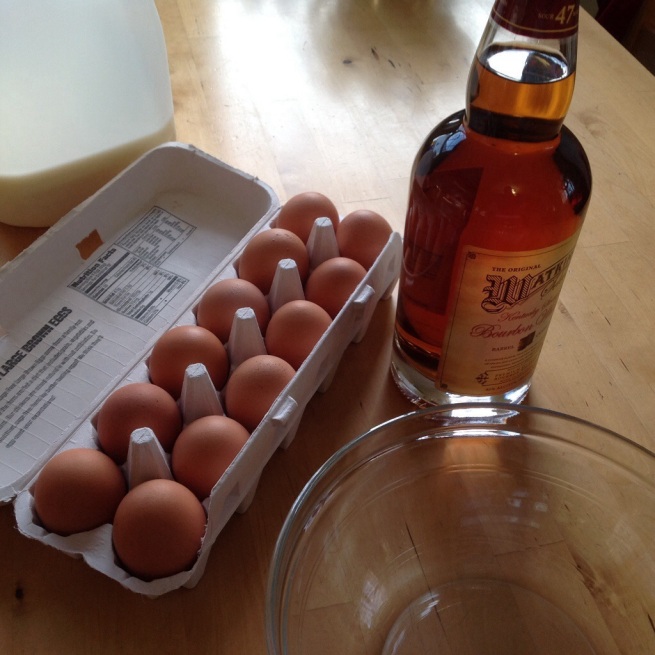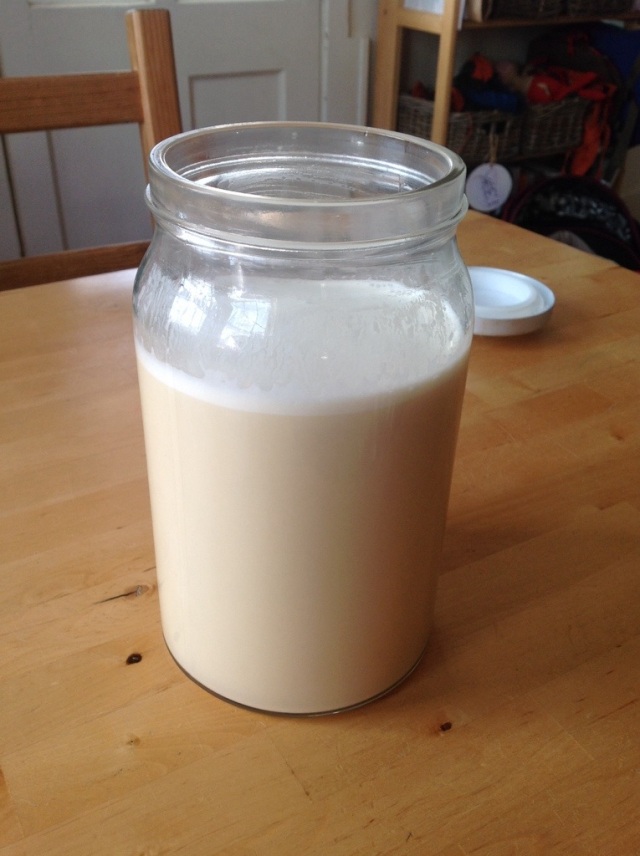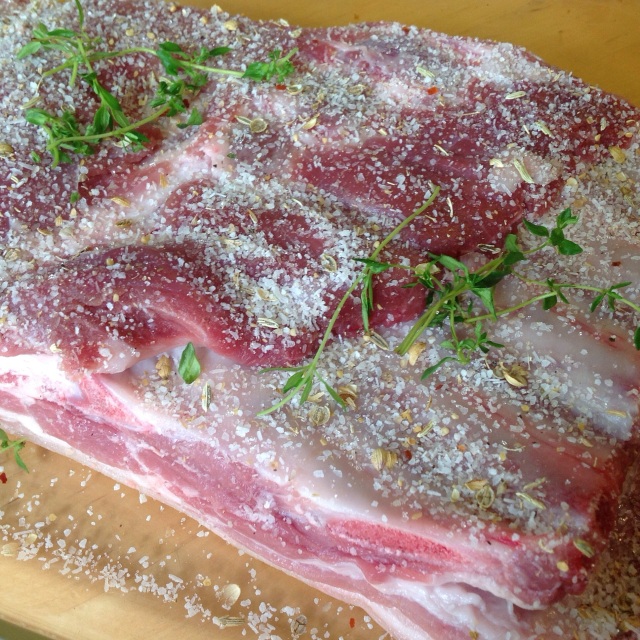 A short basic cure (3 days, I think) with kosher salt, pink salt, sugar, fennel seed, crushed coriander, pepper flakes, ground black pepper, and fresh thyme; then perhaps a run through the cold smoke followed by a slow cook, cool, and a finish on the grill for a cookout on Saturday.
A short basic cure (3 days, I think) with kosher salt, pink salt, sugar, fennel seed, crushed coriander, pepper flakes, ground black pepper, and fresh thyme; then perhaps a run through the cold smoke followed by a slow cook, cool, and a finish on the grill for a cookout on Saturday.
- 4th of July
- Alton Brown
- bacon
- baking
- barbecue
- beans
- beef
- belly
- biscuits
- books
- breakfast
- brewing
- brine
- brisket
- cassoulet
- charcutepalooza
- charcuterie
- chicken
- cider
- cocktails
- cookbooks
- cooking
- corned beef
- corned beef hash
- CSA
- cucumbers
- cure
- duck
- fermentation
- food
- French
- frying
- gluten-free
- Good Eats
- haggis
- Hank Shaw
- hot dogs
- ideas in food
- lamb
- lamb bacon
- leftovers
- McGee
- meat
- Memorial Day
- momofuku
- offal
- pasta
- peppers
- pesto
- pickles
- pig's ears
- pizza
- pork
- pressure cooker
- ramps
- recipe
- recipes
- ribs
- Ruhlman
- salmon
- salumi
- saucisson sec
- sauerkraut
- Saugatuck Craft Butchery
- sausage
- sausages
- science
- short ribs
- smoke
- St. Patrick's Day
- stock
- technique
- Thanksgiving
- turkey
- vegetables
-
Recent Posts

Archives
- July 2015
- June 2015
- April 2015
- March 2015
- March 2014
- February 2014
- January 2014
- December 2013
- August 2013
- May 2013
- April 2013
- March 2013
- January 2013
- December 2012
- November 2012
- September 2012
- August 2012
- July 2012
- June 2012
- May 2012
- April 2012
- March 2012
- February 2012
- January 2012
- December 2011
- November 2011
- October 2011
- September 2011
- August 2011
- July 2011
- June 2011
- May 2011
- April 2011
- March 2011
- February 2011
- January 2011
- December 2010
- November 2010
- October 2010
Blogroll
- 4505 Meats Blog
- A Hunger Artist
- Accidental Hedonist
- Cast Iron
- Cooking For Engineers
- Cooking Issues
- Cured Meats
- David Lebovitz
- Doris and Jilly Cook
- Eat. Drink. Better.
- eat. live. travel. write.
- Eater NY
- Food in Jars
- food52
- FoodPress
- From Belly to Bacon
- From Scratch Club
- Ghost Town Farm
- Harold McGee: News for Curious Cooks
- Hunter Angler Gardener Cook
- Ideas in Food
- In Her Chucks
- Leave Me the Oink
- Low on the Hog
- Mrs Wheelbarrow's Kitchen
- Pickle Me Too
- Punk Domestics
- Ruhlman
- Saucisson Mac
- Serious Eats
- Tea For Monkeys
- The Butcher's Daughter
- the butcher, the baker
- The Paupered Chef
- The Sausage Debauchery
- The Yummy Mummy
- Well Preserved
- Wrightfood

